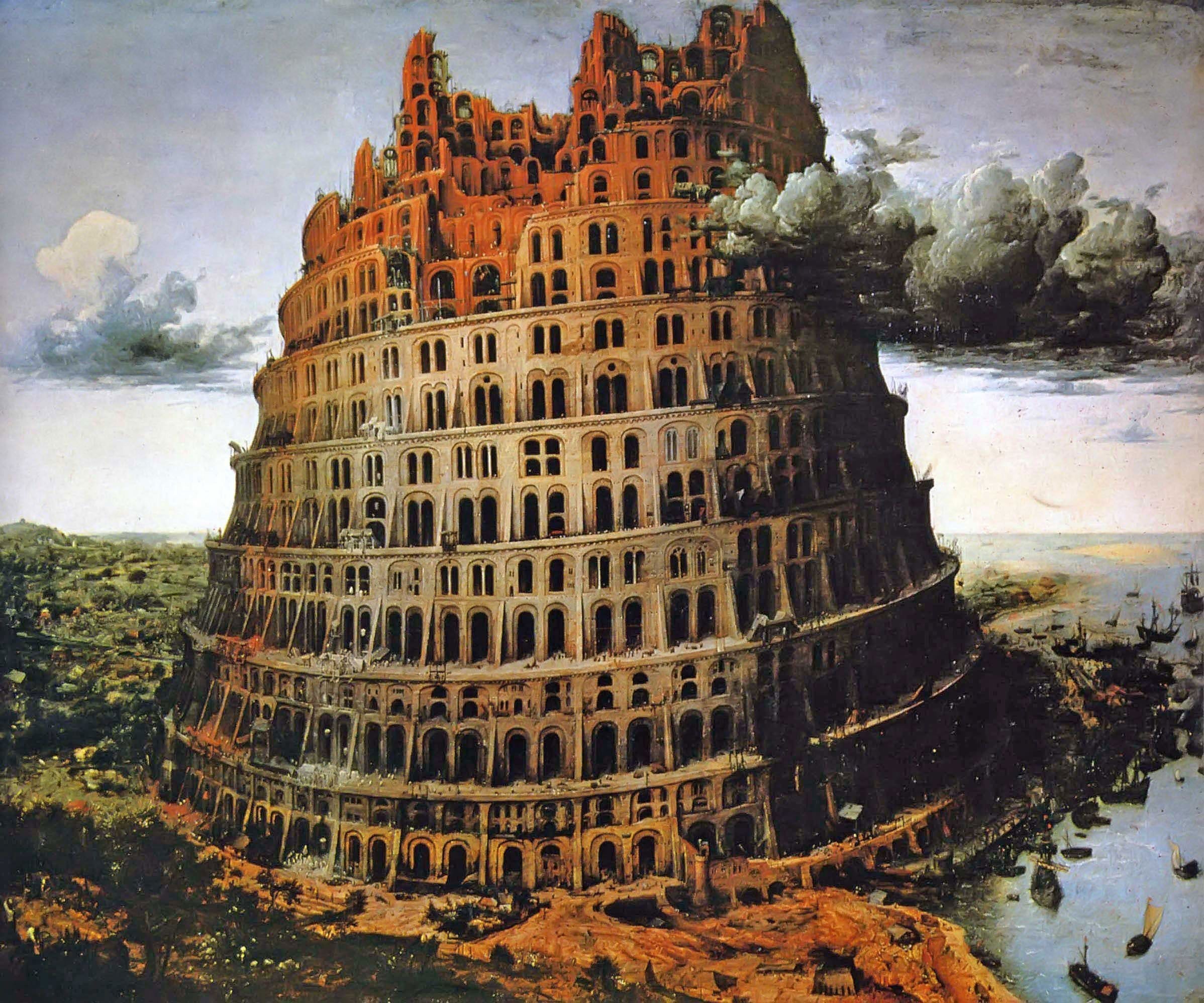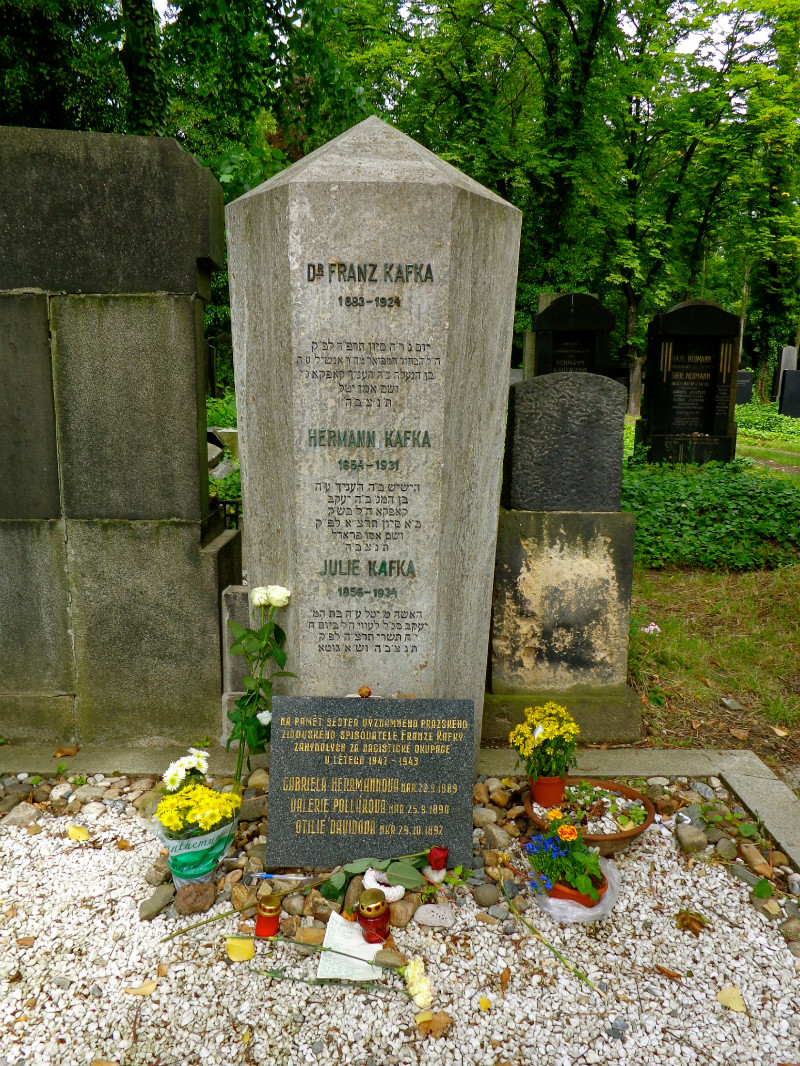[Moira Roth (1933-2021), English-born & American-based critic, art historian & writer of fictional plays, poems, & narratives, was an expert on Marcel Duchamp. She wrote extensively about women & performance art in California & was for many years on the faculties of the University of California San Diego & at Mills College in Oakland, California. Performance works of her own, like the following, were an integral part of her oeuvre & call now for a serious re-viewing. (j.r.)]
Judah L. Magnes Museum, Berkeley, October
30, 2005
Adapted by Anna Muza and Moira Roth from texts by Moira Roth
Directed by Anna Muza
Performed by Anna Muza and Moira Roth
Anna Muza: Rachel Marker
Moira Roth: Moira Roth/Moira Marker
1. A Train Trip, October 2005
2. Berlin,
Summer 2001
3. Rachel Marker, Berlin
4. Moira Roth, Rose Hacker and Alice Sommer
5. Alice Sommer's Century
6. Rachel Marker, Prague
7. Moira Marker, Prague,
April 23, 2005
8. "The Blind Woman and Rachel Marker"
9. Rachel Marker and Her Book of Shadows
10, Alice Sommer and Rose Hacker, The Cyber Theater of Mneme and Melete,
London, December 2002
11. "Rachel Marker and Her Book of Shadows"
Beginning:
ANNA AND MOIRA GO TO STAGE, STAND BY THEIR STOOLS AT THE TABLE, PICK UP THE TWO
NEWSPAPERS, GERMAN AND BOSNIAN, HOLD THEM IN FRONT OF THEIR FACES AND
READ - UNTIL THEY HEAR THE SOUND OF WATER (DANUBE), then LOWER NEWSPAPERS, AND
SIT ON STOOLS.
Play begins …
Then later:
**IMAGE #44: "RACHEL MARKER IN PRAGUE"
Note: show
following three images – silent -- until Anna begins to speak with #47
**IMAGE #45: ROTHENBERGS IN SQUARE, PRAGUE
**IMAGE #46: DIANE ROTHENBERG LOOKING AT SCUPTURE, CHARLES BRIDGE
**IMAGE #47:CLOSEUP OF THE "WINDOW" DETAIL OF THE CHARLES BRIDGE
SCULPTURE
ANNA:
In Prague's Old Town, Rachel Marker wrote each day at the same table by the far
window - the waiter always guarded this space for her.
It was at this table on June 12th , 1924, the day after Kafka's funeral,
that she began to write her daily letters to Kafka.
Each evening the waiter would collect these, storing them in a suitcase that
had once belonged to Kafka.
Years later she had sat by this window for the last time on the day after war
was declared on September 3rd of 1939.
**IMAGE #48: PRAGUE
JEWISH CEMETERY
In her letter to Kafka of that day, she told him that "Two days before,
the Nazis had invaded Poland,
and today war has been declared on Germany
by Britain and France.
I have decided to leave Prague."
In this last letter that she was ever to write to Kafka, she included the draft
of the play that she had just started to write about the Golem and the
Angel of Death.
She told him too that she had always been inspired by something he had once
stated:
"Writing is a form of prayer. Even if no redemption comes, I still want to
be worthy of every moment."
MOIRA:
"Writing is a form of prayer. Even if no redemption comes, I still want to
be worthy of every moment."
**IMAGE #49: "MOIRA MARKER, PRAGUE,
APRIL 23, 2005"
I, Moira Marker, now sit at Rachel Marker's table in Prague's
Old Town nd write.
Now I look out of the window of the café, instead of her.
It is Saturday morning, April 23rd, 2005, and I have brought a small faded
photograph to the café, together with a magnifying glass that once (I am told)
had belonged to Rachel Marker.
Anna and Moira
Anna picks up photo of Rose and father, holds it up for Moira…Moira picks up
the magnifying glass.
**IMAGE #50: 'ROSE HACKER AND HER FATHER, BERLIN, 1929
A fashionable couple, a young woman and an older man, are walking in a city.
He is wearing a bowler hat, and his hands are in his pockets, and she is
in a tightly fitting, 1920s hat, and fur-collared, loose coat.
On the back of the faded photograph, in elegant handwriting, the caption reads
"Me and My Father, Berlin,
1929."
Two Czech Jews in Berlin
in 1929.
Sitting in this Prague
café in 2005, I begin to write a story, "The Blind Woman and Rachel
Marker."
NOTE. In an introduction to the project as a whole, Moira Roth writes: “Begun in 2001, ‘Through the Eyes of Rachel Marker’ is a fragmented narrative about a fictional Czech Jew, a poet and playwright, who lives through the 20th century. After the 1924 death of the Czech writer Franz Kafka, Rachel Marker writes to him daily about her own writings, experiences and thoughts, and describes to him events in current European history, especially the rise of fascism. In the fall of 1939, she flees to Paris after the German invasion of Prague, and finally turns up in Berlin after World War II, where she takes photographs every day of the city’s shadows.”
July 18, 2006, The Journal of Moira Marker, Deux Magots Café, Paris
It is now time for me to carry out the last part of my search for Rachel Marker. Tomorrow I am taking the train to Germany to study her archives housed there.
July 19, 2006, The Journal of Moira Marker, Rachel Marker Archives, Berlin
The archivist has brought me piles of Rachel Marker’s photographs of shadows, the originals for her Book of Shadows.
The archivist describes the now-famous story of the discovery of the photographs on a long wooden table in a deserted room in the Mitte—each carefully marked with a notation of place and date. Published anonymously (there was no clue in the room as to who the photographer was), research slowly revealed that the photographer was Rachel Marker.
The archivist also brings me a long undated manuscript in Rachel Marker’s hand.
She tells me that this memoir, “Of Berlin and the Book of Shadows,” has only been found recently, and that I will be the first person allowed to study it. She asks if Rachel Marker and I are related. I tell her I don’t know.
As I begin to read it, I am struck that it is written in the present tense—as if , finally, Rachel Marker and I are in the same time and space.
July 17, 2006, Deux Magots Café, Paris
I can find no traces in Paris of what Rachel Marker did during the war, after the Germans entered Paris. Nor do I know where she went after the war, except for a visit to Vienna during the Allied occupation of the city. Recently I found the 1949 letter that she wrote to Kafka about this.
I know, from her letters to Kafka, that as a child Rachel Marker would visit Vienna in the summer to stay with her grandmother, who lived in the Leopoldstadt district of the city. And that the two of them would make annual pilgrimages to see Brueghel’s Tower of Babel in the Kunsthistorishes Museum.
I know that for nights after such visits Rachel found herself in her dreams speaking fluently in a strange language. Still half-asleep, she would write down in her blue notebook that rested on her nightstand words from these dreams, but none made sense to her in her waking life.
Back in Prague, Rachel and her friends, including the Blind Woman, would puzzle over the writings, but no one could understand the words.
I also know that later Rachel Marker began regularly to visit Kafka’s grave in Prague’s New Jewish Cemetery, and that if no one was within earshot—Rachel would read out loud to Kafka from her childhood blue notebook.
Before leaving Prague in 1939, she went for the last time to the cemetery. By the gravestone, she found an envelope addressed to her. Inside was a long letter inscribed in the same strange language of her childhood dreams and notebook. When she left Prague the next day, she gave this letter to the Blind Woman to keep for her.
Rachel Marker, June 2 1949, Vienna
Dear Franz,
As you know, yesterday I obtained a visa to enter this divided city.
Navigating through the various check points, operated by Russian, French, English, and American soldiers, I made my way to the museum, and to the Tower of Babel.
A man, already standing in front of the painting, turned to me to ask, “Did you get my letter?”
I nodded.
Together we left the museum speaking in a tongue that we alone could understand.




No comments:
Post a Comment